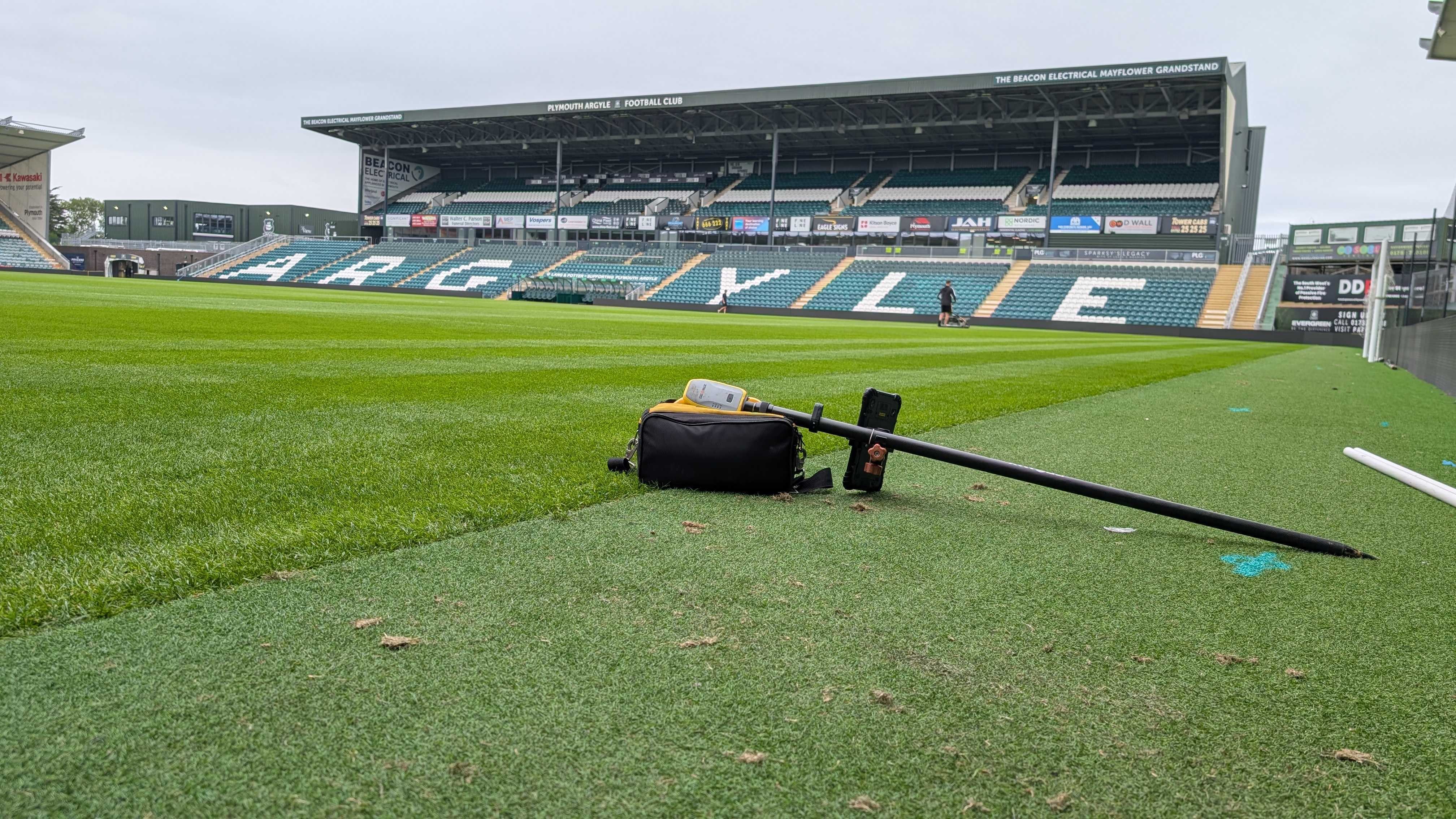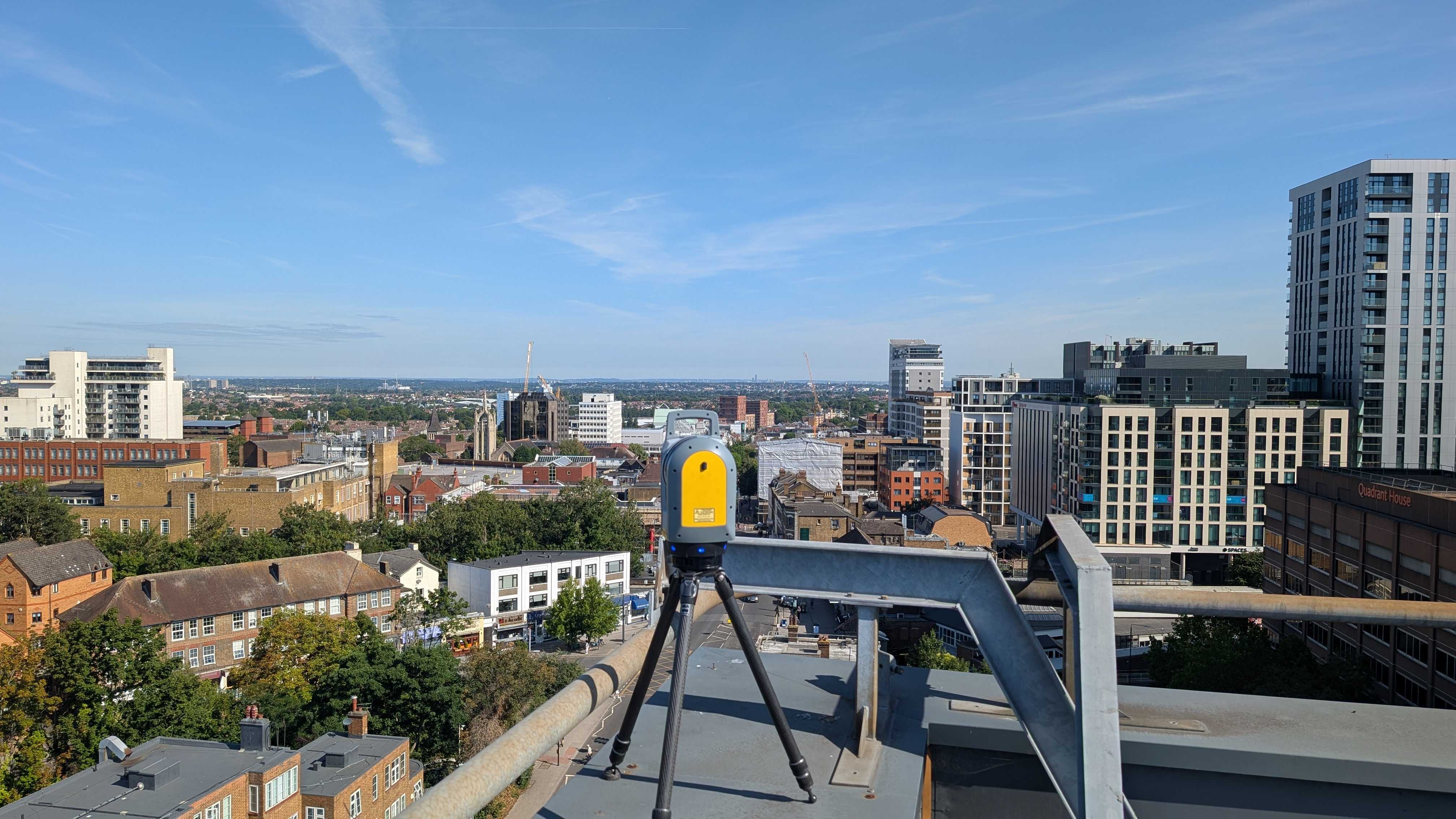The challenges of imprecise information on your project are some of the most jarring– from environmental harm to groundwater contamination.
Using Ground Penetrating Radar (GPR) surveying to explore geology, soil properties, groundwater resources, and environmental assessments can help to avoid time consuming and expensive mistakes made when investigating the ground below us.
This non-destructive method of subsurface analysis is becoming increasingly useful for many environmental and shallow geophysical applications.
For example, limited understanding, risk to construction, and high costs are just some of the issues that could become reality without using the correct equipment.
So, why is GPR’s role in geology and environmental studies so important?
Exploring GPR For Geology
Without the use of Ground Penetrating Radar (GPR) in geology, there exists a significant limitation in acquiring a detailed and non-invasive understanding of subsurface geological structures.
Traditional methods, such as topographical surveying, often fall short in providing comprehensive data, leaving geologists with a surface-level view.
GPR for geology offers a much deeper and insightful view. Low frequency GPR is often used for deeper investigating, although GPR can employ radio waves with a frequency range of 1–1000 MHz.
This limited understanding, caused by a lack of GPR, directly affects construction projects, where the geological composition of the subsurface plays a crucial role. The absence of precise geological data can lead to unforeseen challenges during excavation and foundation work, increasing the risk of construction delays, budget overruns, and potential safety issues for construction workers.
Assessment of Soil Properties
The absence of Ground Penetrating Radar (GPR) in soil studies results in an incomplete assessment of soil properties.
GPR plays a pivotal role in identifying and mapping soil and providing provide high-resolution soil subsurface information.
Without this technology, the ability to thoroughly understand soil composition, layers, and variations is compromised.
This limitation can impact construction projects, agriculture, and other land-use planning initiatives where a detailed understanding of soil properties is essential for stability assessments and efficient resource utilisation.
Soil properties, including composition, density, and load-bearing capacity, play a fundamental role in foundation design. Without accurate soil information, there's a risk of designing foundations that are either over-engineered, leading to unnecessary costs, or under-engineered, risking structural integrity.
Furthermore, different soil types require different construction techniques and materials. Understanding soil properties helps in selecting appropriate construction materials and methods. For example, expansive clay soils may require specialised foundations, while sandy soils may influence the choice of retaining wall systems.
Insight into Groundwater Resources
GPR serves as a valuable tool for mapping underground water features, providing insights into aquifer characteristics, and monitoring groundwater flow and levels.
In the absence of GPR, there is a missed opportunity to comprehensively evaluate the dynamics of subsurface water, potentially leading to oversights in sustainable water use and protection measures.
Groundwater can significantly impact construction projects, and its influence is particularly crucial to understand. For example, in areas with high groundwater tables, excavation for foundations, basements, or underground structures can encounter water ingress. Dewatering becomes necessary to lower the water table temporarily, allowing construction to proceed without water-related challenges.
Furthermore, in areas with expansive soils, changes in groundwater levels can lead to soil expansion or contraction, potentially compromising the stability of foundations. Proper site investigation, including groundwater assessment, is crucial for designing foundations that can withstand such variations.
Unveiling The Subsurface for Construction Success
The importance of understanding the subsurface cannot be overstated.
As construction professionals, our ability to leverage technologies such as Ground Penetrating Radar (GPR) becomes a strategic advantage. GPR not only aids in precise subsurface data collection but also enhances the efficiency of construction projects by providing insights into geological features, soil conditions, and groundwater resources.
If you are working on a construction project and are yet to explore the benefits of GPR, make sure to get in contact with a member of the team at Intersect Surveys.
FAQs
Why Is Subsurface Investigation Essential For Construction Projects?
Subsurface investigation is crucial for construction projects because it provides critical information about the geological, soil, and groundwater conditions at the construction site.
How Does Ground Penetrating Radar (GPR) Contribute To Subsurface Investigations?
GPR is a non-invasive geophysical method that uses radar pulses to image the subsurface. In subsurface investigations, GPR is invaluable for mapping geological features, delineating soil layers, and identifying groundwater resources.
What Risks Do Construction Projects Face Without Accurate Subsurface Data?
Without accurate subsurface data, construction projects are at risk of encountering unforeseen challenges such as unstable soil conditions, hidden utilities, and geological features that can impact foundation design.
How Does A Better Understanding Of Soil Properties Impact Construction Material Selection?
A comprehensive understanding of soil properties allows for informed construction material selection. Different soil types require specific materials and construction methods. For instance, expansive clay soils may necessitate specialised foundations, while sandy soils may influence the choice of retaining wall systems.
Can Subsurface Investigations Help In Environmental Assessments For Construction Projects?
Yes, subsurface investigations play a crucial role in environmental assessments for construction projects. They help identify potential environmental hazards, assess soil contamination, and detect underground pollutants.








